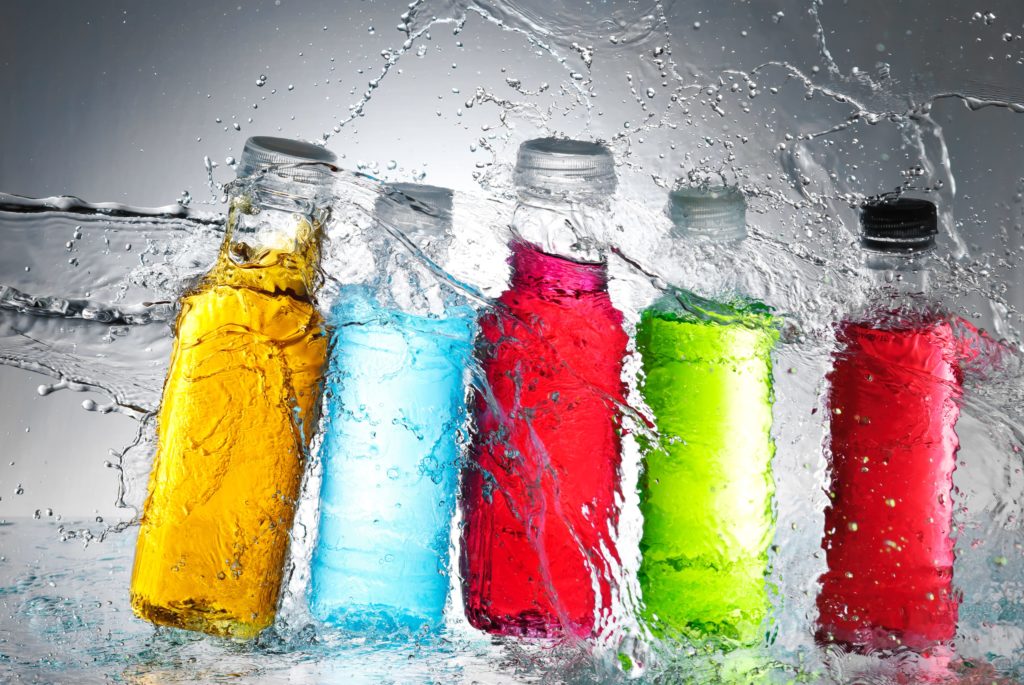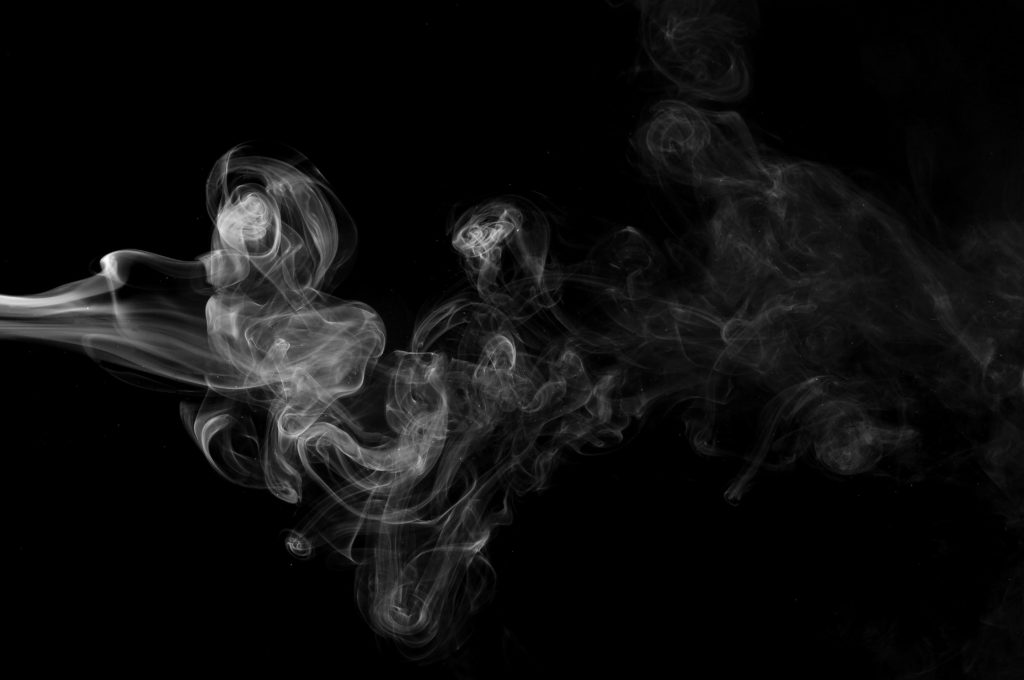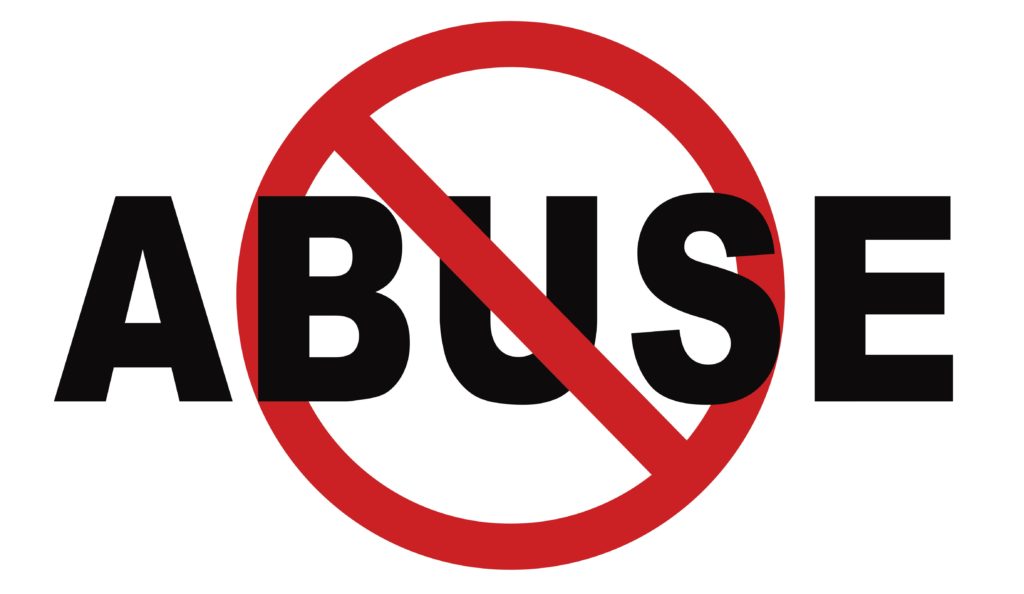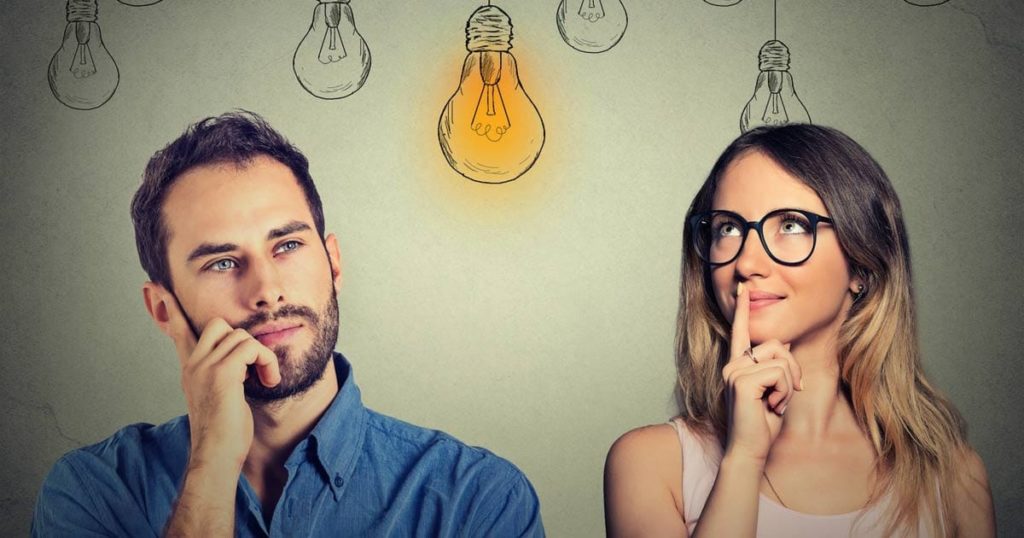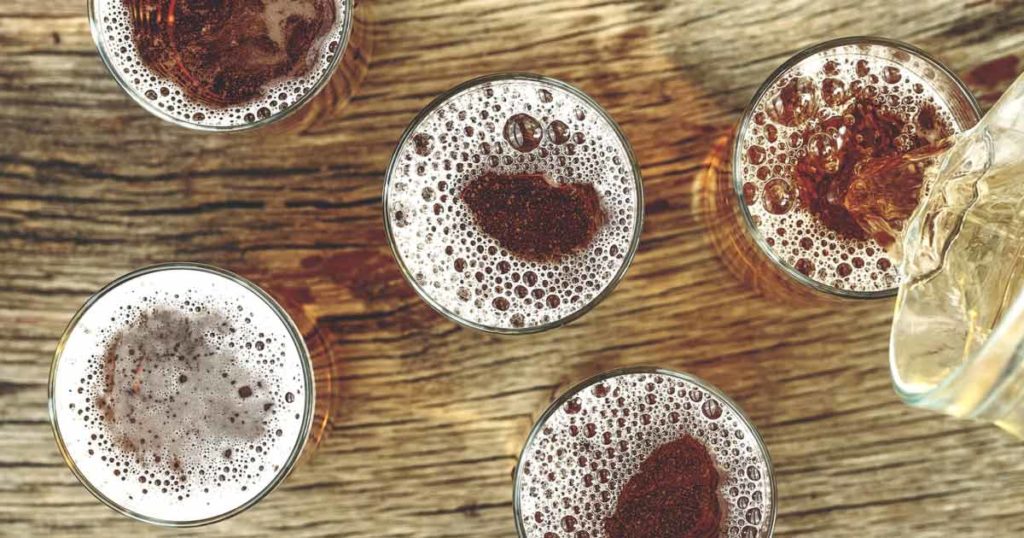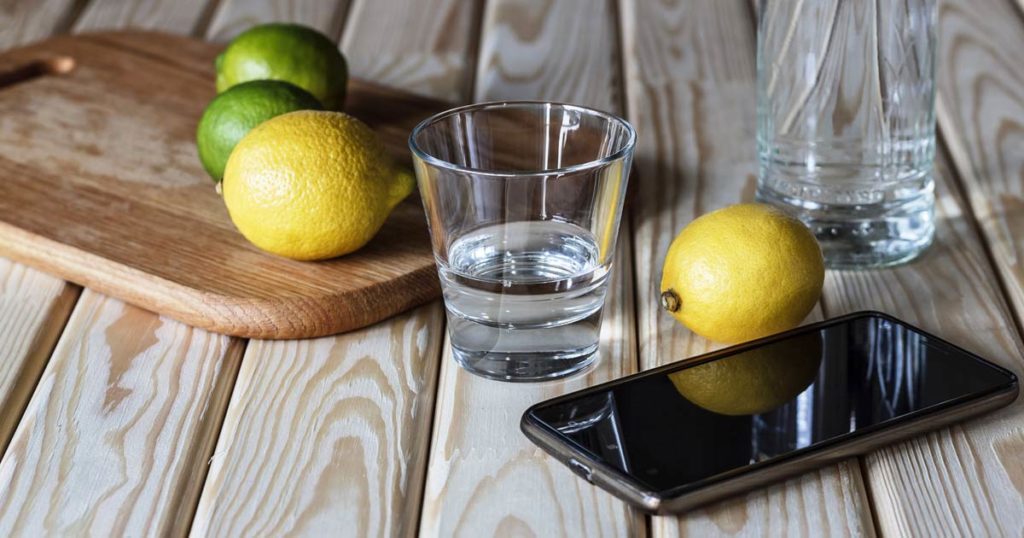Women who identify as bisexual use marijuana at a significantly higher rate than both heterosexual women and lesbian women, according to data from the 2000 National Alcohol Survey and the 1999 College Alcohol Survey. Additional research suggests that the high rate of cannabis use among bisexual women is related to the struggle they face to find acceptance in both the straight and queer communities. On top of that, discrimination on the basis of gender may partly explain why bisexuality has been found to be a predictor of marijuana use among women but not among men.
Biphobia Contributes to Marijuana Habit
A study published in April 2015 in the journal Psychology of Sexual Orientation and Gender Diversity found that some bisexual women who smoke marijuana draw direct connections between their cannabis use and their sexual orientation. Dr. Margaret Robinson conducted interviews with 92 bisexual women with past-year cannabis use to look for reasons as to why marijuana use is so widespread among this population. Robinson found that many of the women cited reasons that are often found among all populations of cannabis users: anxiety relief, pain relief and stress relief. However, she also found that some of the women drew a direct connection between their bisexuality and their motives for smoking marijuana. Some of the women said that they used cannabis to help them cope with rejection from both straight and gay peer groups. People who identify as bisexual frequently report biphobia—prejudice against bisexual people—not only in straight communities, but also in gay and lesbian communities where they often expect to be accepted and included.
More Discrimination, Worse Mental Health Outcomes
A 2013 study from the Pew Research Center found that bisexuals are generally less optimistic about social acceptance than either gay men or lesbian women. Nearly 30 percent of the bisexuals surveyed felt that there was little to no acceptance of LGBT people in the United States today, compared to only 15 percent of gay men and 16 percent of lesbians. These differing attitudes may reflect the fact that bisexuals are more likely to experience discrimination or social isolation than other members of the LGB population. For Robinson, the reasons bisexual women are more likely to use cannabis are more concerning than the cannabis use itself. Some research suggests that cannabis is not only significantly less dangerous than other illegal drugs such as cocaine, heroin and methamphetamine, but may also be less dangerous in many ways than alcohol. But whether you consider cannabis to be mostly safe, moderately dangerous or very dangerous, increased used of this drug among bisexual women adds to the evidence that this population is at particularly high risk for substance abuse, adverse mental health outcomes, and related consequences. However, one concern specifically related to cannabis use itself is the availability of support for women who want to cut down on their use. Several of the women in Robinson’s study said that they were ridiculed in support groups or treatment for reducing marijuana use.
Sexism, Biphobia May Work Together to Increase Stress
While Robinson’s new study suggests that bisexuality itself influences the higher rates of cannabis use among bisexual women, it does not explain why higher rates are not also seen among bisexual men. Robinson believes that added discrimination in the form of sexism is responsible for bisexual women smoking more marijuana than bisexual men. However, women in the general population smoke less marijuana than men, so sexism alone is not linked to higher rates of cannabis use. Instead, the answer may lie in the combined effects of the different kinds of discrimination many bisexual women encounter.

